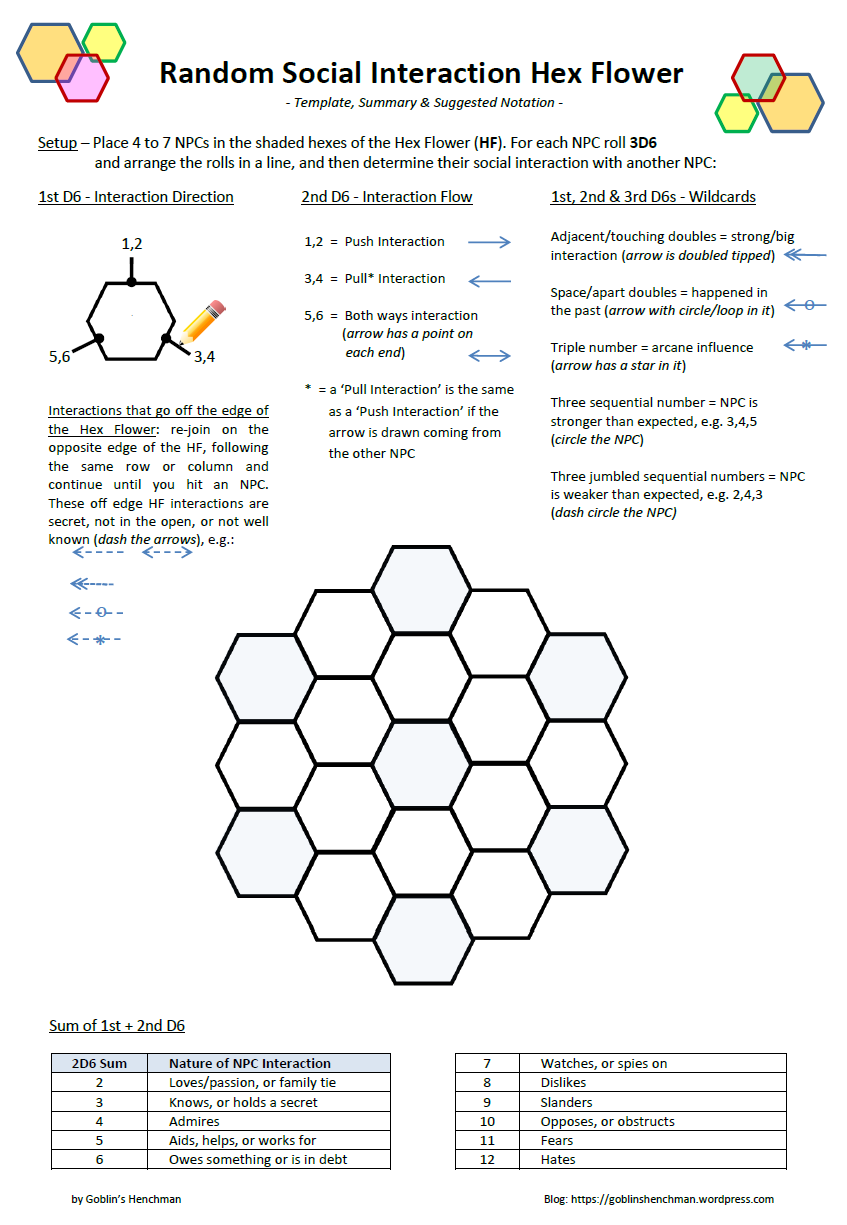I love the idea of mazes. They captured my imagination when I first encountered the story of the minotaur
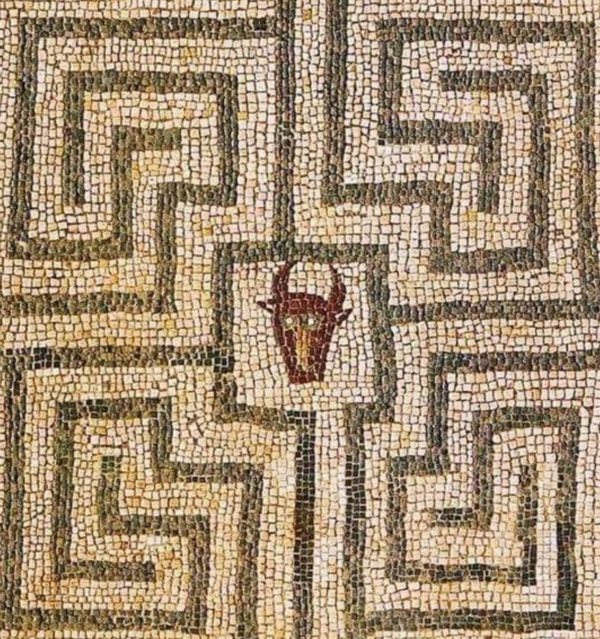
The problem is, mazes are not very interesting in RPG / D&D like games.
Well, that is not quite true – mechanically mazes are not interesting to explore because of the language barrier; that is DM & players needing to communicate the precise spatial arrangements of the walls would be excruciating (especially if the walls are not all right angles).
Here’s a map from Against the Cult of the Reptile God – it’s not even a very big maze, but I wouldn’t want to run it in a hurry:

Really, someone needs to make Doom-like 3rd person shooter like geomorph cards:
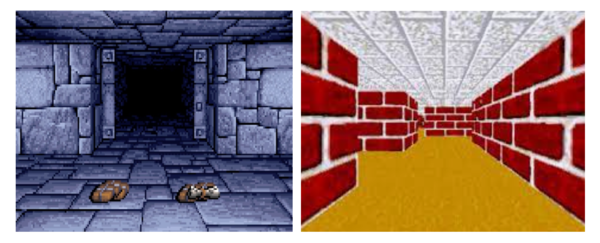
Then players could explore more intuitively without the need for language – but setting up and indexing the geomorph cards to make a maze would be a bind for the DM (maybe it has been done?).
“Maze concept module”
So, anyway, back in 2017 I first wrote a ‘concept module’ about exploring labyrinths, first called “Into the Hive” and released on G+; it got redrafted in 2018, and revamped and Kickstarted in 2023 as “Carapace” (now with fancy art – linked at the bottom!) .
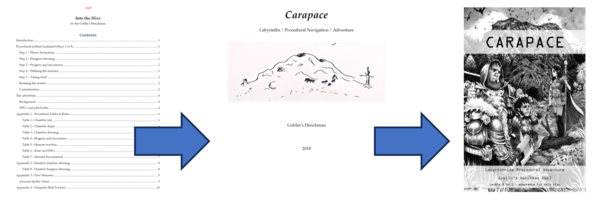
Essentially, the ‘concept module’ gave 3 x ways to explore a maze:
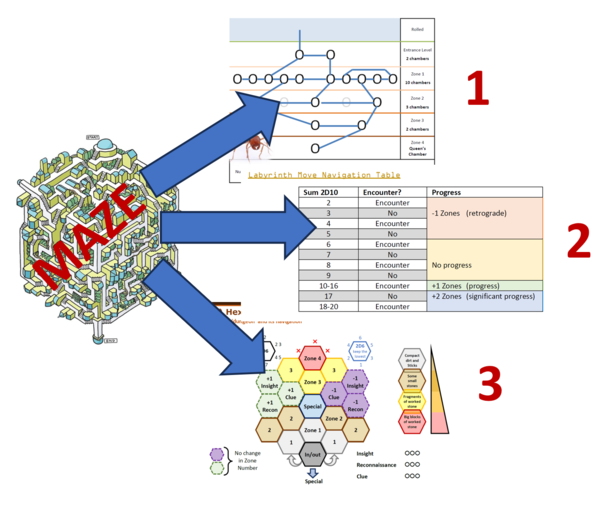
I won’t dwell on the exact methods used, except to say the ‘Labyrinth Move’ by Jason Cordova was the genesis of my ‘concept module’.
“Big Idea”
At the heart of these 3 x methods was MAPLESS exploration that was EPISODAL.
The ‘big idea’ was that in a finite period of exploration (whatever that time was in your game – 10 minutes, an hour etc.) the party would progress in the maze (or not), and they might have an encounter (or not) in that ‘episode’ of play.
Rinse + repeat until the party was dead or escaped the maze – simples.
Other examples
(i) Gardens of Ynn
This ‘big idea’ of mapless episodal exploration was also encapsulated in Garden of Ynn (GoY); the idea here is you go “deeper” into the maze-like garden or you retreat out.
So again, there is no map, and each move in the maze is episodal.
>> LINK <<
(ii) Labyrinth by Ben Milton
I don’t own a copy of Labyrinth by Ben Milton (perhaps I should), but his video review appears to show that exploration in his Labyrinth also follows this ‘big idea’:
>> LINK <<
So, again, exploration is mapless and episodal. It also has an interesting Fighting Fantasy type vibe (and that also reminds me of this Mindstorm Ladder mechanic). The mechanic in this case presumes you are trying to get to the centre of the maze, so has a one-way ‘going deeper’ vibe. Also, like Carapace it has defined zones to track progress in the maze and to give each zone its own flavour.
(iii) Flux Space
I was recently listening to Ben Laurence’s podcast about Mega Dungeons (episode 5), and you should listen to this podcast too, and became aware of Nick LS Whelan’s “Flux space” idea.
>> LINK <<
Again, this method neatly obviates the use of a map to explore a maze and again embraces episodal exploration. Take a look.
Summary
Carapace, GoY, Labyrinth and Flux Space all ditch the physical maze layout as uninteresting, in all cases there is abstracted progress through a maze which is episodal.
–> Go make your own Abstracted Maze Exploration Tool today!!
Please tell me more other neat ways of exploring mazes (someone must have done a Jenga Block or deck of cards based version ?!)
Oh, get your copy of Carapace today, it comes it two stripes FREE and FANCY (cover below):







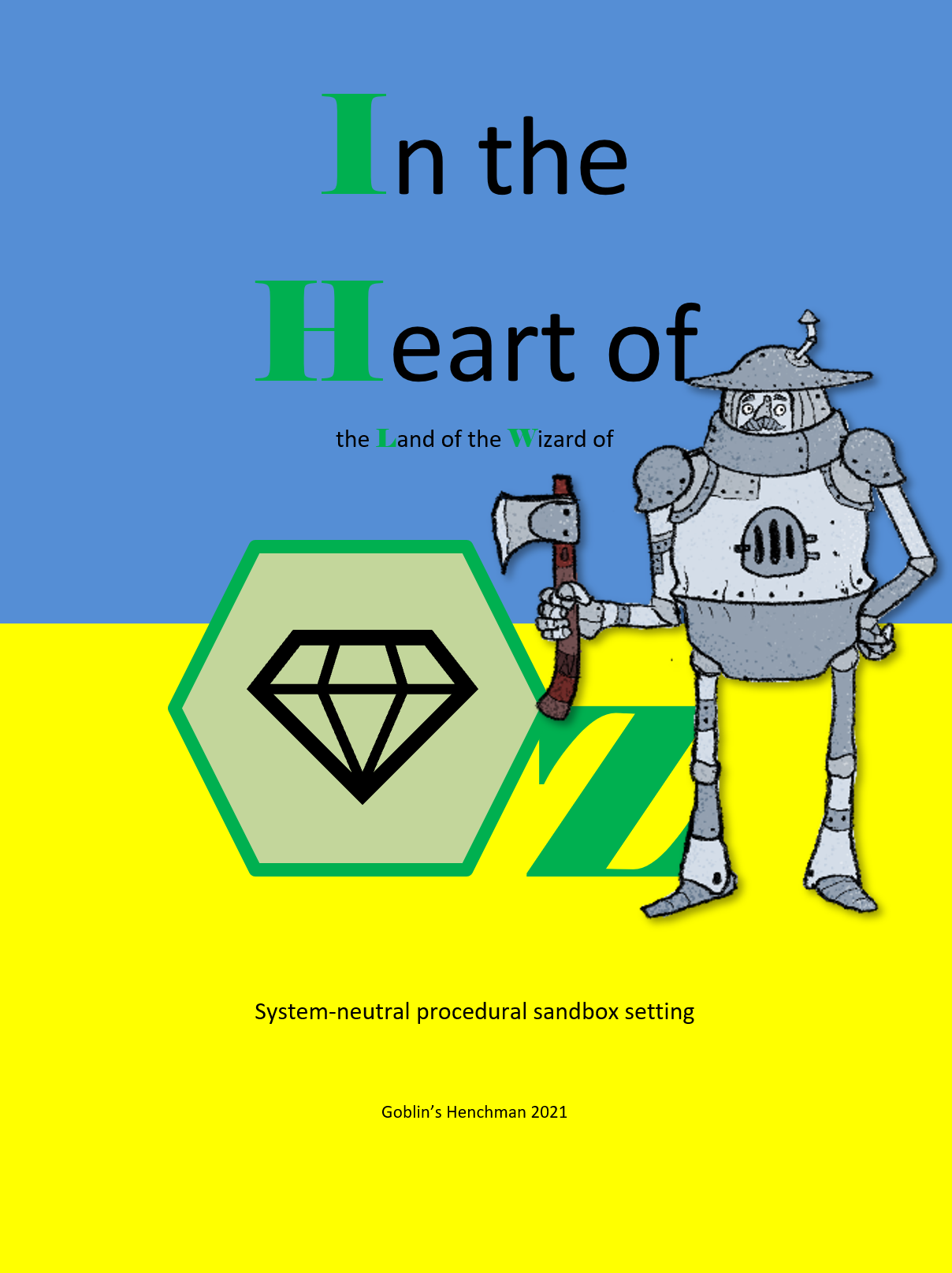

























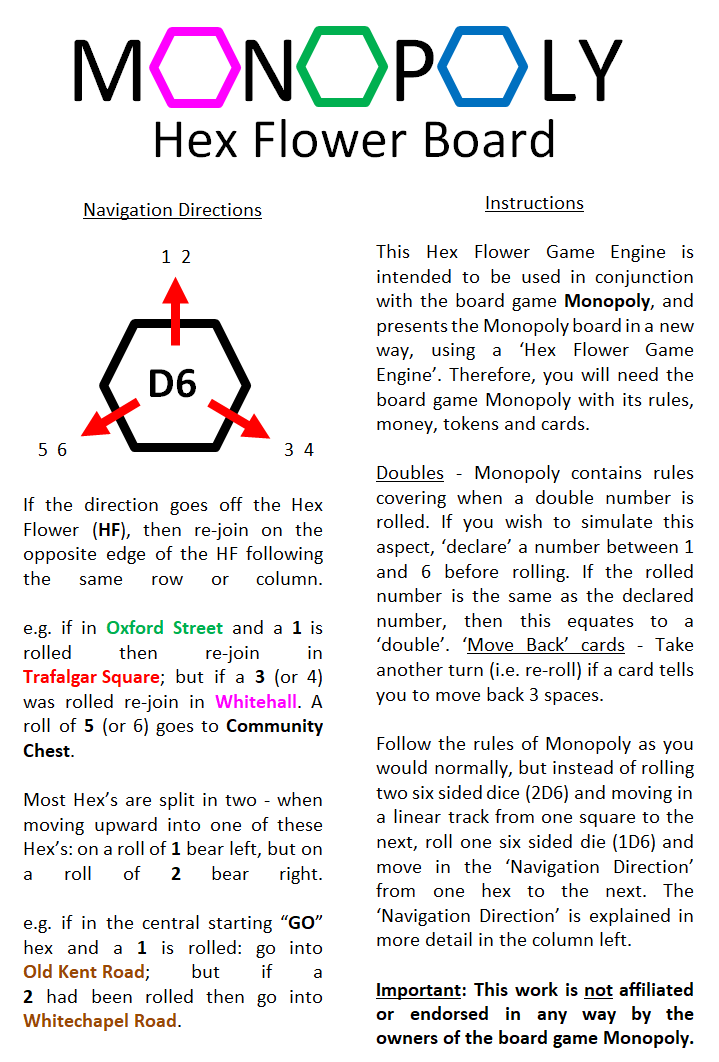


 Me on
Me on 

